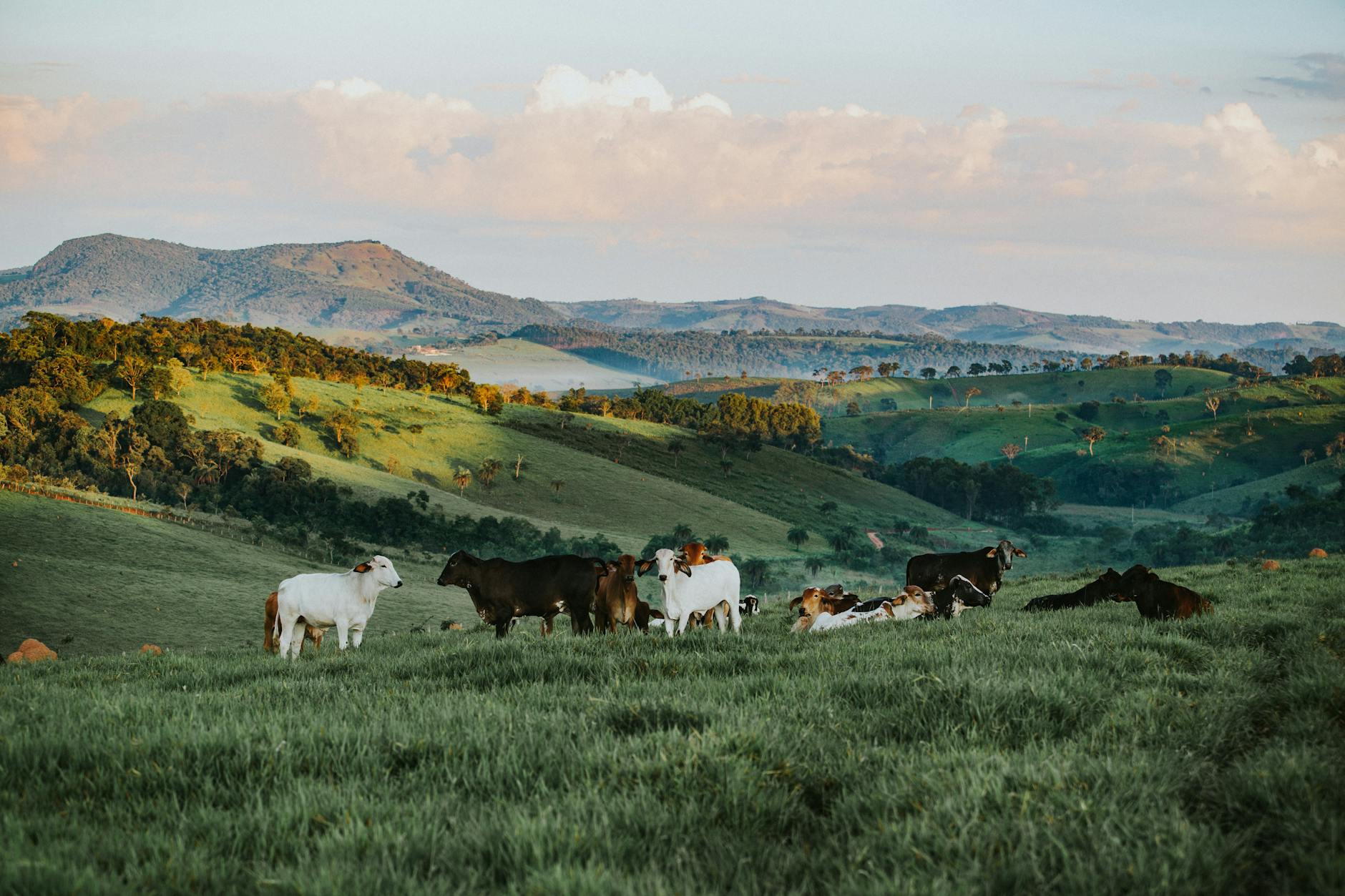Everything You Need To Know About Baby Formula
Nowadays it is impossible to imagine a young family’s life without baby formulas. For centuries, goat and cow milk has served as an alternative to human breast milk. Sometimes wet nursing services were helpful. With the advent of formula, bottle-feeding has taken to a whole new level. Modern formulas in their composition are practically close to breast milk. Let’s take a quick walkthrough of how it started.

The History of Baby Formula
It began in 1814, in Germany. In the family of a Frankfurt glazier, the eleventh child was born. The boy was called Heinrich Nestle, a familiar name, isn’t it? The boy became a pharmacist. Having founded his small firm in Switzerland for the production of oils, spirits, vinegar, and mustard, he chose a pseudonym – Henri Nestlé.
Henri got married in 1860 and the birth of the first child forced him to invent the first powdered infant formula. It consisted of powdered cow milk, powdered sugar, and wheat flour, from which the starch was removed. In 1867, the finished product first appeared on the shelves of Swiss stores. The formula was called “Farine Lactée Henri Nestlé” and sold for 50 cents a can.
Henri’s invention brought him a lot of money, and the business of the company went up the hill. Henri decided to name his company after himself. In 1896, the Dutchman Martinus van der Hagen invented his own way to dry milk in a bakery. His formula, which contains significantly less flour and sugar, quickly gained popularity.
Baby formula can be divided into two large types: milk and dairy-free. Milk formulas based on cow or goat milk are considered adapted because their composition is close to breast milk and has all needed nutrients: proteins, fats, and carbohydrates. Dairy-free infant formulas are specially designed for children with diagnosed casein allergy. Such formulas still contain the same nutrients as conventional adapted formulas, with the exception of milk whey. It has been replaced with soy protein.
How Infant Formula is Made Today?
Usually in the production of adapted baby food cow or goat milk is used. The adaptation process of milk in the composition of the formula includes decreasing the amount of protein and calcium salts. The fat component is also changed in milk – refractory fatty acids are removed from it, and essential omega-3 and omega-6 fatty acids are additionally introduced. The carbohydrate component is changed by increasing the carbohydrate content of lactose (milk sugar) and dextrinmaltose – to contribute to the growth of beneficial intestinal microflora, especially bifidobacteria.
Any adapted breast milk substitute must contain at least 11 minerals – calcium, potassium, magnesium, phosphorus, manganese, iron, copper, zinc, iodine, sodium, chlorides. There are formulas that additionally contain fluorine, chromium, molybdenum, and selenium. Besides, the formulas consist of:
- Taurine is a free amino acid essential for the development of the central nervous system and vision.
- Linoleic acid plays an important role in the formation of the brain and retina.
- Dextrinmaltose promotes the growth of bifidobacteria in the intestines.
- Probiotics suppress harmful microflora in the intestines and help to multiply beneficial ones, forming immunity.
- Prebiotic fibers stimulate the growth of beneficial microflora, increase the body’s defenses and regulate digestion.
- Starch or gum is needed if the baby burps frequently. These ingredients increase the viscosity of the mixture in the stomach.
- Lutein is an innovative component of the formula. Lutein is not synthesized in the organism, the baby receives it only from breast milk. Lutein selectively absorbs the harmful blue part of the light flux spectrum, performing a protective function.
Organic baby formulas
Although infant formula will never reproduce all of the ingredients in breast milk, such as antibodies, hormones, and other bioactive molecules, organic infant food contains ingredients that are as close to breast milk as possible. Such reputable European formula manufacturers as HiPP and Holle offer environmentally friendly baby food that meets the highest EU standards. You may find a balanced selection of nutrients which are to support and strengthen the newborn’s organism.
The beginning of the Holle company is traced back to 1933 and it has been a leader in organic infant products for over 80 years. It is a well-known company for its emphasis on pure ingredients such as biodynamic milk and the popular goat milk formula. The label Demeter on many Holle products means the highest certifications for organic agriculture in Europe. Demeter farms are free from GM technology and fertilizers. Its label also means that the products strictly meet the criteria for ecosystem preservation.

Another leading organic producer in Europe is the HiPP formula company located in Germany. HiPP is also famous for its specialty formulas, created for babies with different feeding issues e.g. reflux or gassiness, etc. Furthermore, the company also designs hydrolyzed formulas for babies who are diagnosed with cow milk allergies.
Currently, the company’s priority remains loyalty to the stated mission – to produce healthy, tasty infant formula from organic products.




